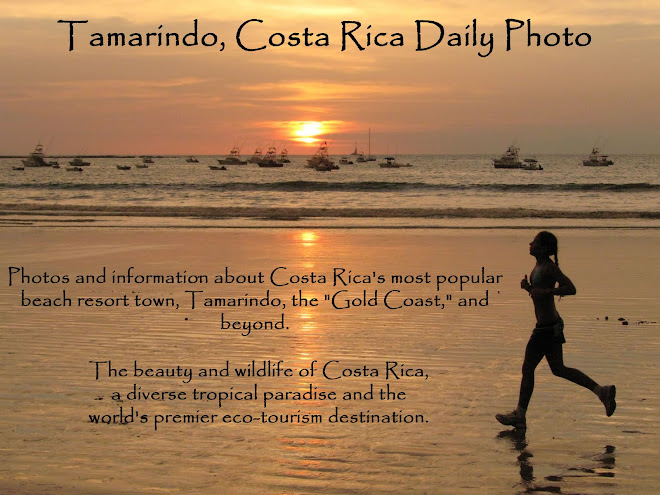 Yesterday's photo of a turtle prompted a comment questioning what was what appeared to be a yellow growth on the neck of the turtle. (The comment and question was by Brattcat, who I and readers can count on to make comments noticing some of the details in my photos.)
Yesterday's photo of a turtle prompted a comment questioning what was what appeared to be a yellow growth on the neck of the turtle. (The comment and question was by Brattcat, who I and readers can count on to make comments noticing some of the details in my photos.)If you click on yesterday's photo and enlarge it, you will see something on the neck of the turtle. Is it a growth from a disease, or baby hatchling turtles riding on their mother's back, or a piece of kelp?
To answer the mystery, I am showing another one of the several other photos of the same turtle that I showed yesterday, taken just moments before yesterday's photo was taken. The mysterious object is missing.
I also consulted with my niece, who is a marine biologist now getting her Ph.D. at the University of California at Santa Barbara. She spent a year on a Watson Foundation Fellowship studying sea turtles in Cayman, South Africa, Australia and Panama. (It helps to have a marine biologist in the family.) Her analysis is below:
"I thought it was most likely a piece of kelp and the bulbous piece of kelp, and the bulbous objects are the pneumatocysts (floats) of the kelp. Upon looking closer, I agree it does look uncannily like she's carrying the hatchlings, but I think it is highly unlikely since the mother may not even be in the area when her hatchlings leave the nest. Hawksbills nests 3-5x per season (Witzell 1983) at about two week intervals and eggs incubate for 55-60 days.
At most, a mother might be in the area for the first nest to hatch, but I have never heard of mothers carrying hatchlings (despite Finding Nemo's representation of Crush). In addition, though it's possible the brown color on the neck is a weird disease, I know of no reported disease with those symptoms, and therefore I think it's a kelp blade.
WITZELL, W. N. 1983.
Synopsis of biological data on the hawksbill turtle Eretmochelys imbricata (Linnaeus, 1766). FAO Fisheries Synopsis
No. 137, Rome."
One of the comments yesterday said it was an Olive Ridley rather than a hawksbill turtle. My niece, the marine biologist has agreed, and asked me to relay the following correction:
">"I totally agree with one of your responders that it does look like an Olive Ridley. I thought the picture was from your solar eclipse cruise, so I was in the hawksbill mindset looking at that pointy beak, and never considered the Ridleys as I've never seen them before. This pic http://animals.
com/staticfiles/NGS/Shared/StaticFiles/animals/images/800/olive-ridley-sea-turtle.jpg and others clearly show the beak in the photo. As such, my evidence regarding the nesting frequency needs to be modified. According to NOAA Fisheries http://www.nmfs.noaa.gov/pr/species/turtles/oliveridley.htm , olive ridleys nest 1-2x per season either singly or during an arribada. If they also lay nests 2 weeks apart (as I recollect most of the other species seem to do), it is now virtually impossible that a female would be around for her own hatchlings, and I can't imagine how carrying hatchlings from other females around could be evolutionarily adaptive."

8 comments:
THANK YOU for going to such great lengths to answer my question. And it's a good answer indeed.
That is a good answer to read.
I never knew how, for example, half wa between Honolulu and Tokyo I could see these giant albatross birds flying over the ship or landing on them. They were often seen bobbing along on the ocean swells. I guess the all know how to do it and in their world what they all do is normal.
An expert answer that makes perfect sense!
very interesting narrative today and a great photo of a wonderful sea turtle
Wow! you don't mess around when you want an answer. Very interesting.
Just to clarify, the turtle in the photo is an olive ridley turtle (Lepidochelys olivacea), not a hawksbill turtle (Eretmochelys imbricata), the latter being much more difficult to find along the Pacific Coast of Costa Rica and the Americas in General. I do agree however with the conclusion made by your niece, it does appear to be a piece of kelp enveloped around the turtles neck.
Thank
I had never seen turtles with their heads above water
generic cialis generic cialis 20 mg vente cialis cialis bayer en ligne prezzo cialis cialis dove comprare cialis cialis
Post a Comment